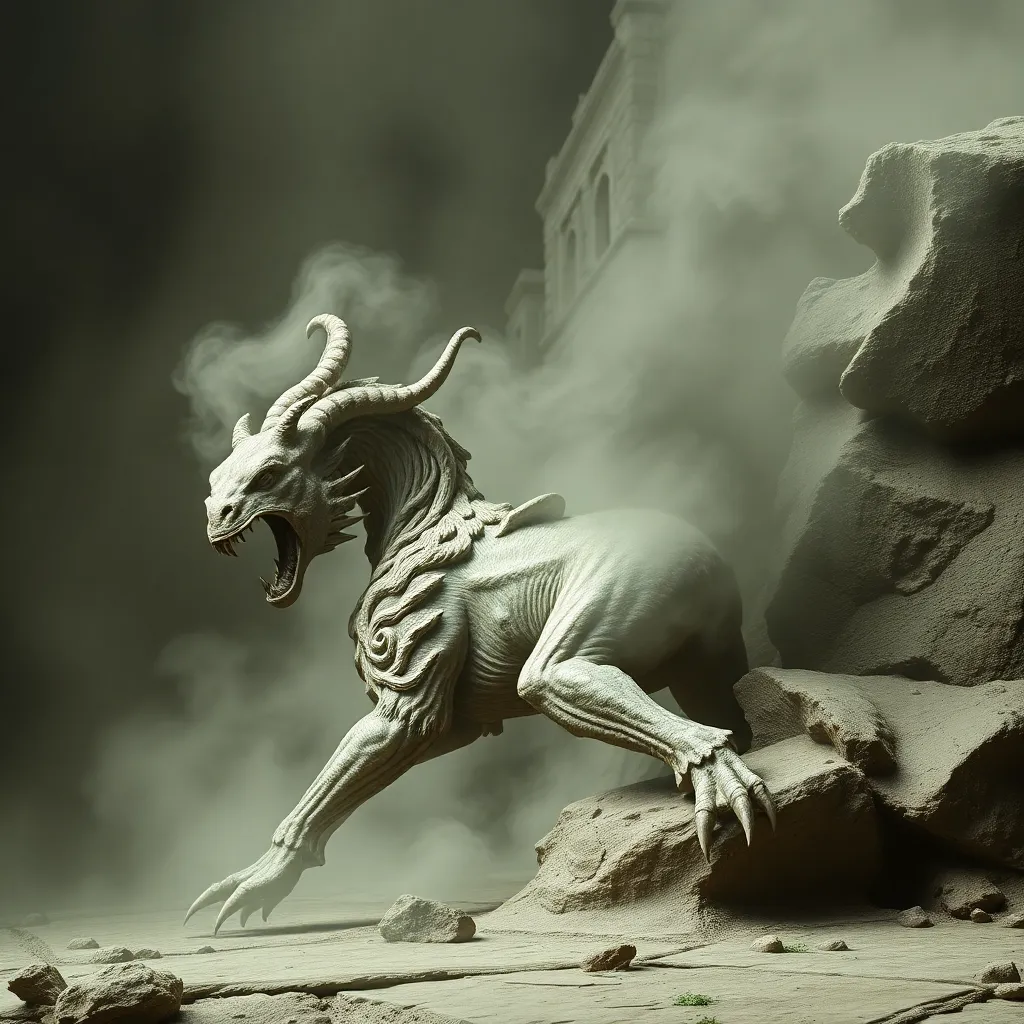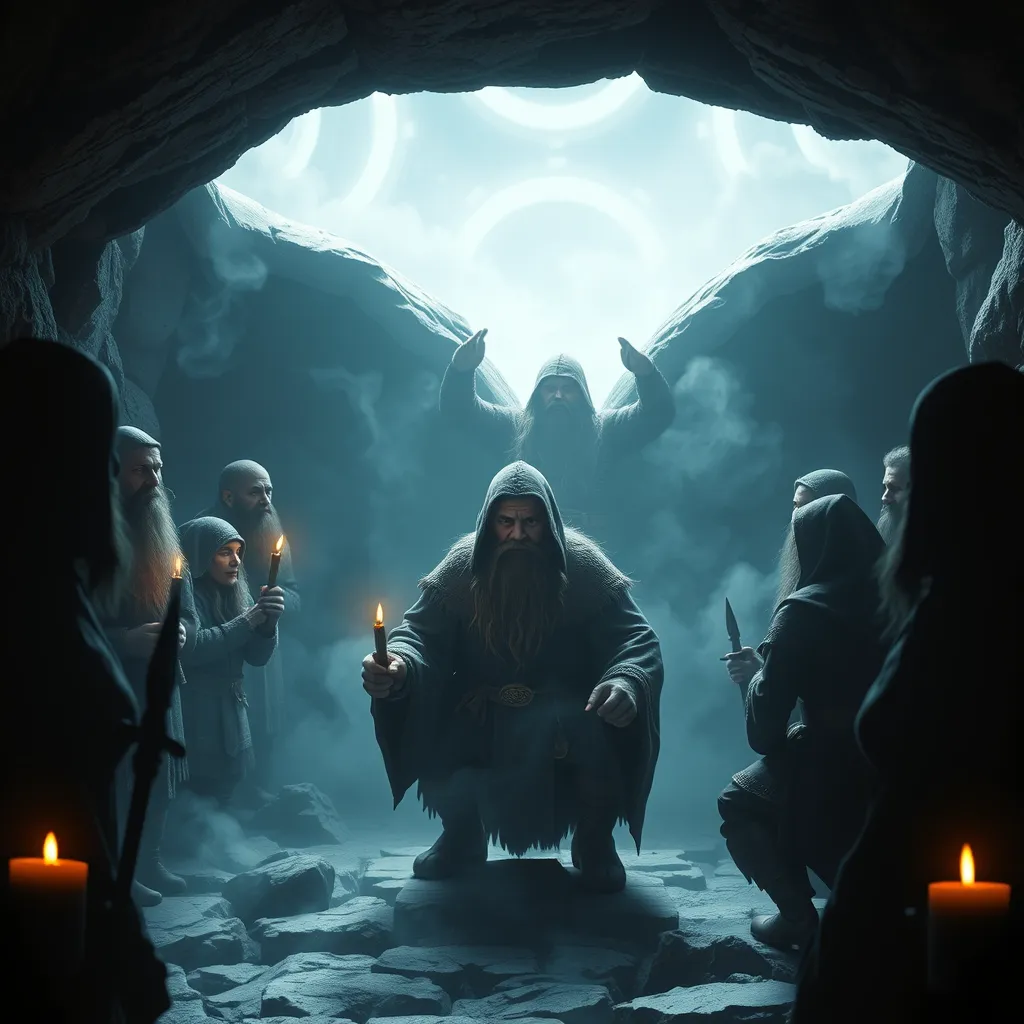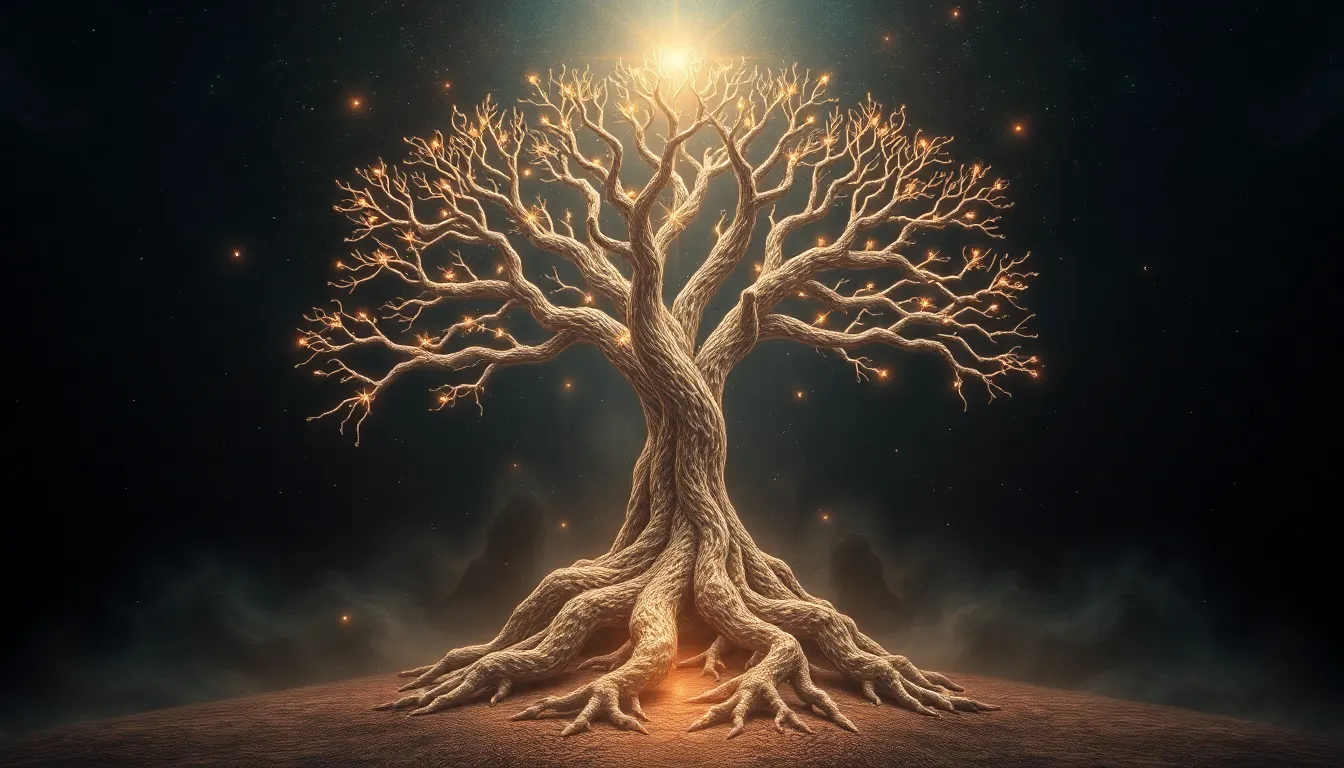The Underworld’s Temptress: A Look at the Norse Goddess Hel
I. Introduction
Norse mythology is a rich tapestry of gods, goddesses, and mythical creatures, each playing a vital role in the ancient Norse understanding of the world and the cosmos. Among these deities, Hel stands out as a significant figure, embodying the complex nature of death and the afterlife.
This article aims to delve into Hel’s role within the Norse pantheon, exploring her characteristics, her realm, and her cultural impact. Through an examination of her origins, symbolism, and legacy, we will uncover the layers of meaning behind this enigmatic goddess.
II. Origins and Family Background
Hel is the daughter of Loki, the trickster god, and Angerboda, a giantess often associated with chaos and the darker aspects of nature. This lineage positions her at the intersection of various mythological narratives, where she embodies both the capriciousness of her father and the primal forces of her mother.
Hel’s siblings, Fenrir and Jörmungandr, are equally significant in Norse mythology. Fenrir, the monstrous wolf, is prophesied to kill Odin during Ragnarök, while Jörmungandr, the Midgard Serpent, is destined to engage in a fatal battle with Thor. Together with Hel, they represent a triad of figures that encapsulate destruction and fate within the Norse mythos.
III. The Realm of Hel
Hel governs Helheim, a realm designated for the souls of those who did not die a heroic or honorable death. Unlike Valhalla, where warriors who died in battle are taken, Helheim is often depicted as a cold and dreary place, reflecting the nature of its inhabitants.
- Distinctions from Other Realms: Helheim is characterized by its separation from the realms of the honored dead. It is a place of stagnation, where souls dwell without the glory of Valhalla or the peace of Niflheim.
- Journey to Hel’s Domain: The souls’ journey to Helheim is significant, as it reflects the Norse belief in the importance of one’s death and the manner in which it shapes their afterlife experience.
IV. Depiction and Symbolism
Hel is often depicted in art and literature as a striking figure, characterized by her unique appearance. She is described as being half alive and half dead, with one side appearing healthy and vibrant while the other is decayed and rotting. This duality serves as a powerful symbol of her nature and role.
- Visual Representations: In various illustrations, Hel is shown with a crown or a veil, suggesting her authority over the dead.
- Symbolic Meanings: Her dual appearance symbolizes the balance of life and death, highlighting the inevitability of mortality and the acceptance of death as part of existence.
This duality underscores her role as both a nurturer of the dead and a punisher of those who defy the natural order of life.
V. Hel’s Role in Norse Mythology
As the goddess of the dead, Hel plays a critical role in the Norse understanding of death. She is responsible for receiving the souls of the deceased and determining their fate in the afterlife.
Several myths illustrate her interactions with gods and heroes. For instance, in the myth of Baldr, the beloved god who is killed, Hel is asked to return him to the living. Her response, requiring that all living beings weep for Baldr, highlights her power and the importance of collective mourning in the Norse worldview.
Hel’s decisions regarding the souls she governs are significant, as they reflect the moral and ethical considerations of the Norse people concerning life and death.
VI. Cultural Interpretations and Legacy
The historical perceptions of death and the afterlife in Norse culture are complex. Death was not viewed with fear but as a natural part of existence. Hel’s role embodies this understanding, as she represents the acceptance of death rather than its avoidance.
- Influence on Modern Interpretations: Hel has influenced contemporary views on death and the underworld, providing a nuanced perspective that invites reflection on mortality.
- Comparisons with Other Figures: Hel can be compared to figures like Hades from Greek mythology or Anubis from Egyptian mythology, each representing different cultural understandings of death and the afterlife.
VII. Hel in Contemporary Culture
In modern literature, film, and video games, Hel has been reimagined and represented in various ways. This resurgence of interest in Norse mythology has led to a renewed fascination with her character.
- Representation in Media: Hel often embodies themes of power, fear, and acceptance of death, making her a compelling character in storytelling.
- Modern Society’s Interest: The growing popularity of Viking culture and Norse mythology has brought Hel to the forefront of contemporary discussions about death and the afterlife.
VIII. Conclusion
Hel holds a significant place within Norse mythology, representing the complexities of death and the afterlife. Her character challenges the conventional notions of good and evil, highlighting the intricate relationship between life and death.
As we reflect on Hel’s multifaceted nature, we see her relevance in today’s discussions about mortality and the human experience. The legacy of the Underworld’s temptress continues to resonate, offering insights into our understanding of life, death, and the acceptance of our ultimate fate.



